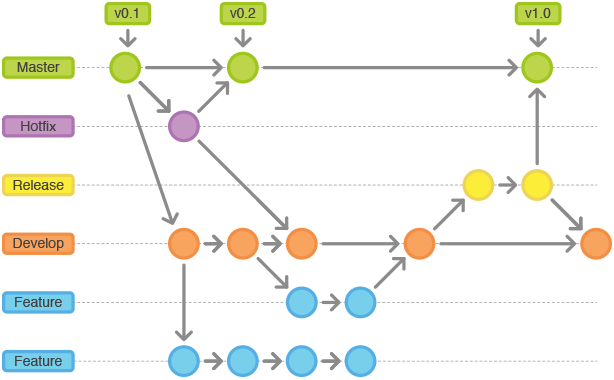1
2
3
4
5
6
7
8
9
10
11
12
13
14
15
16
17
18
19
20
21
22
23
24
25
26
27
28
29
30
31
32
| create table student
(
id bigint auto_increment,
stu_name varchar(32) null comment '学生姓名',
total_score decimal(5,2) default 0 null comment '总分',
constraint student_pk
primary key (id)
)
comment '学生表';
create table course_score
(
stu_id bigint null comment '学生id',
course_id bigint null comment '课程id',
score decimal(5,2) default 0.00 null comment '课程分数'
)
comment '选修课程成绩表';
insert into student(id, stu_name, total_score) value (1, '刘德华', 0);
insert into student(id, stu_name, total_score) value (2, '张学友', 0);
insert into student(id, stu_name, total_score) value (3, '郭富城', 0);
insert into course_score(stu_id, course_id, score) VALUE (1, 1, 80);
insert into course_score(stu_id, course_id, score) VALUE (1, 2, 80);
insert into course_score(stu_id, course_id, score) VALUE (1, 3, 80);
insert into course_score(stu_id, course_id, score) VALUE (2, 2, 95);
insert into course_score(stu_id, course_id, score) VALUE (2, 3, 85);
insert into course_score(stu_id, course_id, score) VALUE (3, 1, 100);
insert into course_score(stu_id, course_id, score) VALUE (3, 2, 75);
|
